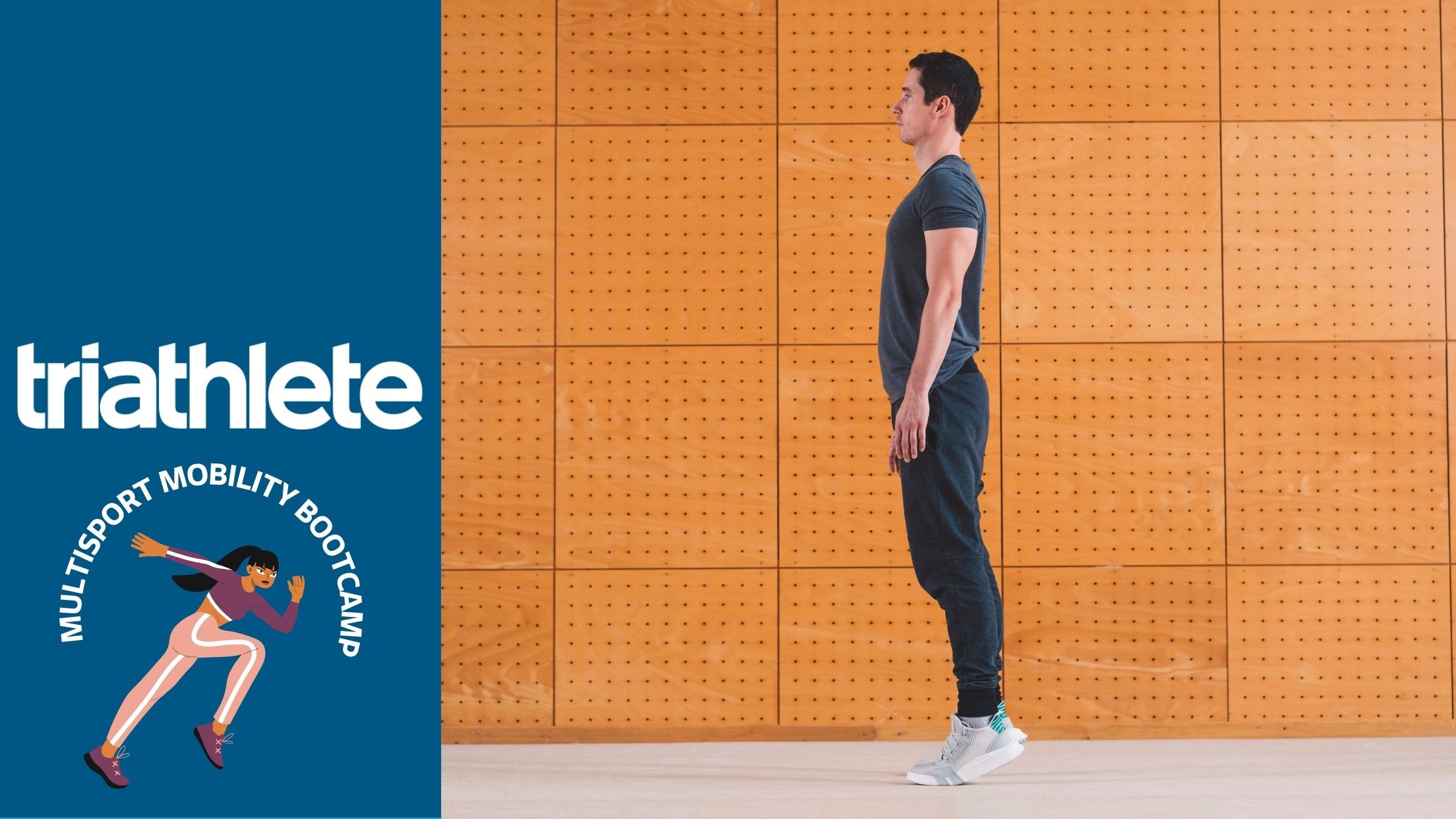Increase Your Run Cadence With This Easy Movement

(Photo: Getty Images)
Running economy and speed are greatly influenced by cadence—or how many steps you take per minute. You can run faster while also reducing the pressure on your joints if your legs can turn over more quickly. There are a few factors that I consider when I’m determining cadence in an athlete, but one of my favorite assessments is the jump rope test (as many reps as you can hit in 1 minute). It isolates a specific aspect of the running gait, so that the athlete can more effectively improve their cadence.
More specifically, the jump rope tests your ankle function and leg spring stiffness. When an athlete’s ankles aren’t tracking correctly and they aren’t bracing and maintaining stiff springs all the way up the chain, then those inefficiencies will express themselves with poor results in the jump rope test and in their run.
How do you get better at this movement pattern? There are a few different drills that will help, but one of my favorites directly addresses the movement, forcing you to track optimally and focus on your posture. Active heel raises can be done daily to improve your ankle function and posture while running, subsequently increasing your cadence and performance.
Both of these movements are a part of this week’s Multisport Mobility Bootcamp sessions—check out the full series here and join in at any time!
Active Heel Raise
Set Up
To start this drill, you’ll need a tennis ball and a resistance band. Attach the resistance band to something stable at hip level, and step into it so it puts tension on the front of your hips. Place the tennis ball between your heels and squeeze it there. This will ensure that your ankles track properly through the movement. If you drop the tennis ball at any point, it means that your ankles rotated into a non-optimal position. Squeeze your glutes and press your hips into the band so that you have a slight lean and are in a long and strong posture from head to heel.
Movement
You’ll start by raising your heels off the ground. Press through your big toe and keep the tennis ball squeezed between your heels. Get your heels as high off the ground as you can and then pause for a second at the top. Return back to the starting position in a controlled motion. Working on this proper movement pattern regularly will allow you to express your strength more in your run.
Sets and Reps
For the jump rope test, our gold standard is an ideal running cadence. For an average height athlete, that’s around 180 reps in a minute. If you’re a little taller it might be lower, but within 10 reps. To improve this pattern with active heel raises, start with 4 sets of 20 seconds of reps and 40 seconds of recovery. Progress toward 40 seconds of reps and 20 seconds of recovery.
Check out more tests here to find out your “gym age.”
As a former hotshot firefighter who found himself injured, Matt Pendola relied on strength and mobility training to rehab his own injuries and get back to running pain free. Inspired by the huge impact that strength and mobility had, he has gone on to become an EXOS Performance Specialist and Licensed Massage Therapist with a focus in manual sports massage therapy. As a strength coach, he’s worked with the likes of Gwen Jorgensen and Ben Kanute, who this year, under his guidance, placed 2nd at the 70.3 World Championships. Despite his success with high-performance pros, Matt’s greatest thrill is getting to teach athletes of all levels how to perform with more confidence and control.